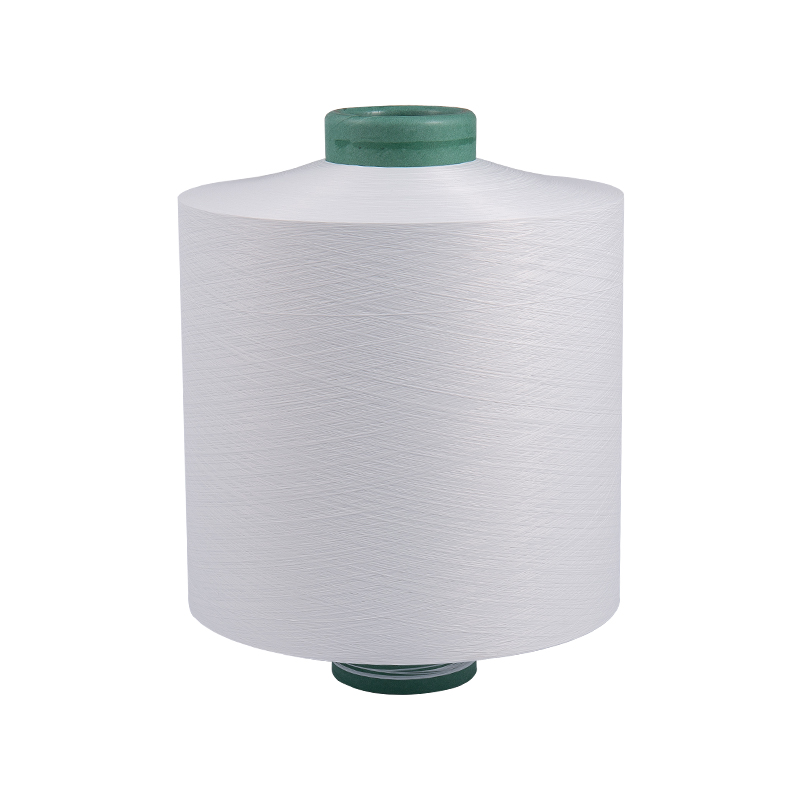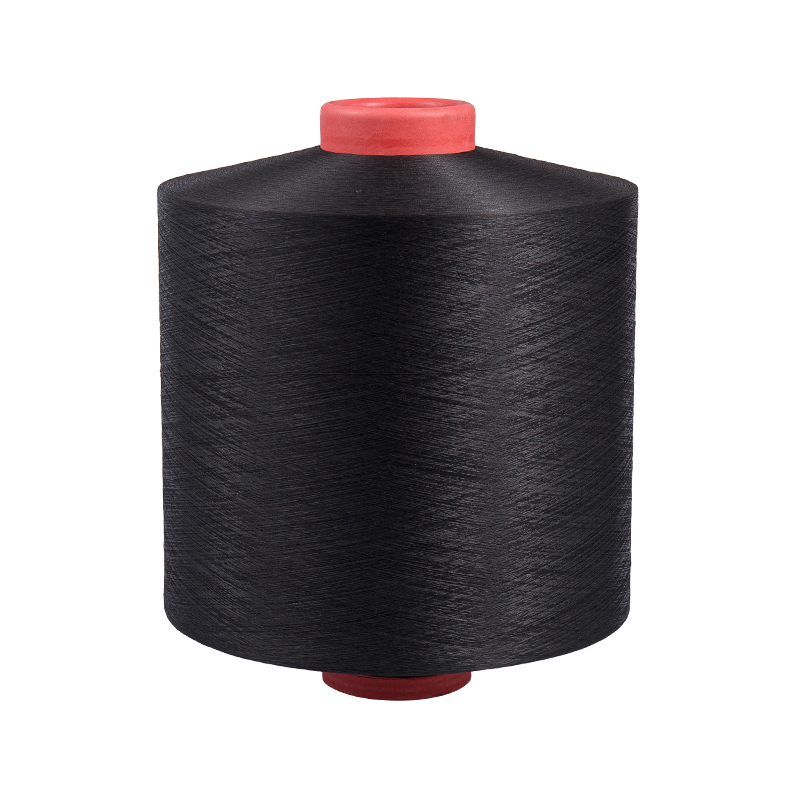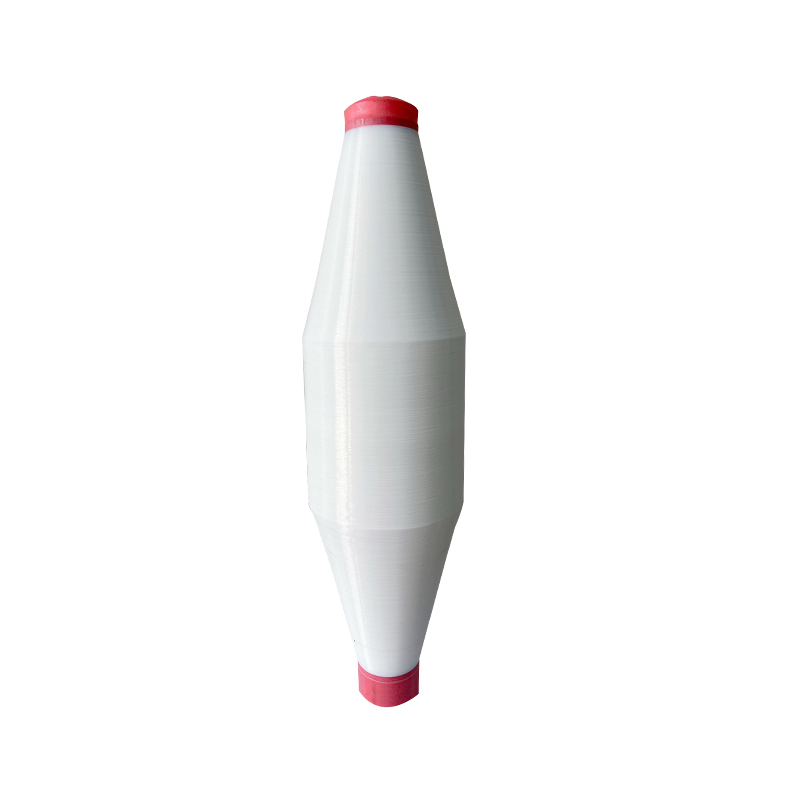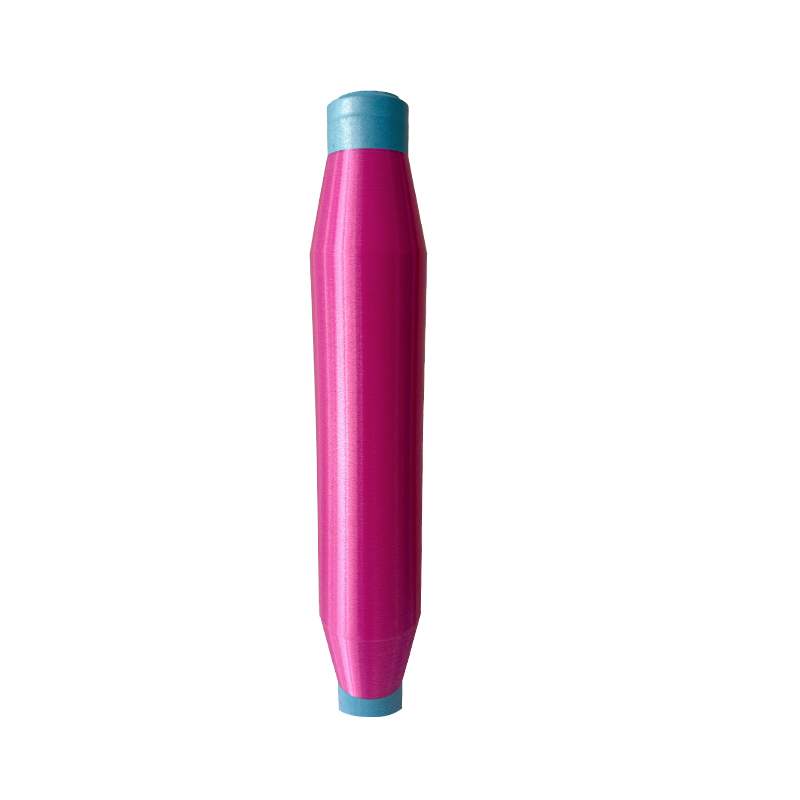What is Polyester DTY Yarn and How is it Produced?
2025-08-15
Polyester DTY (Draw Textured Yarn) is one of the most versatile and widely used synthetic yarns in the textile industry. Known for its elasticity, durability, and aesthetic appeal, it plays a key role in producing a wide range of fabrics for apparel, home textiles, upholstery, and industrial applications. Understanding what polyester DTY yarn is and how it is produced is essential for manufacturers, textile designers, and industry professionals who rely on high-quality yarn for their products.
Content
Understanding Polyester DTY Yarn
Polyester DTY is a type of filament yarn derived from polyethylene terephthalate (PET), a common form of polyester. Unlike fully smooth filament yarns, DTY has a textured surface that provides bulk, elasticity, and a soft hand feel. This texture makes the yarn suitable for applications that require stretch, resilience, and comfort.
DTY yarn is available in multiple types, including bright, semi-dull, and full-dull finishes, which affect the luster of the final fabric. Bright DTY provides a shiny, lustrous look, while dull variants offer a matte finish that resembles natural fibers like cotton. The yarn can also be engineered with different cross-sectional shapes and filament counts to meet specific textile requirements.
Applications of Polyester DTY Yarn
Polyester DTY yarn is widely used across various textile applications due to its combination of strength, elasticity, and versatility:
- Apparel: DTY yarn is ideal for producing casual wear, sportswear, jackets, and dresses. Its elasticity allows garments to retain shape and provide comfort.
- Home Textiles: DTY is used in upholstery fabrics, curtains, carpets, and bed linens, where durability and aesthetic appeal are essential.
- Industrial Fabrics: Thanks to its strength and resistance to wear, DTY yarn is employed in technical textiles, seat belts, and other performance-based applications.
- Blended Fabrics: DTY can be blended with natural fibers such as cotton, wool, or spandex to enhance stretch, softness, and overall fabric performance.
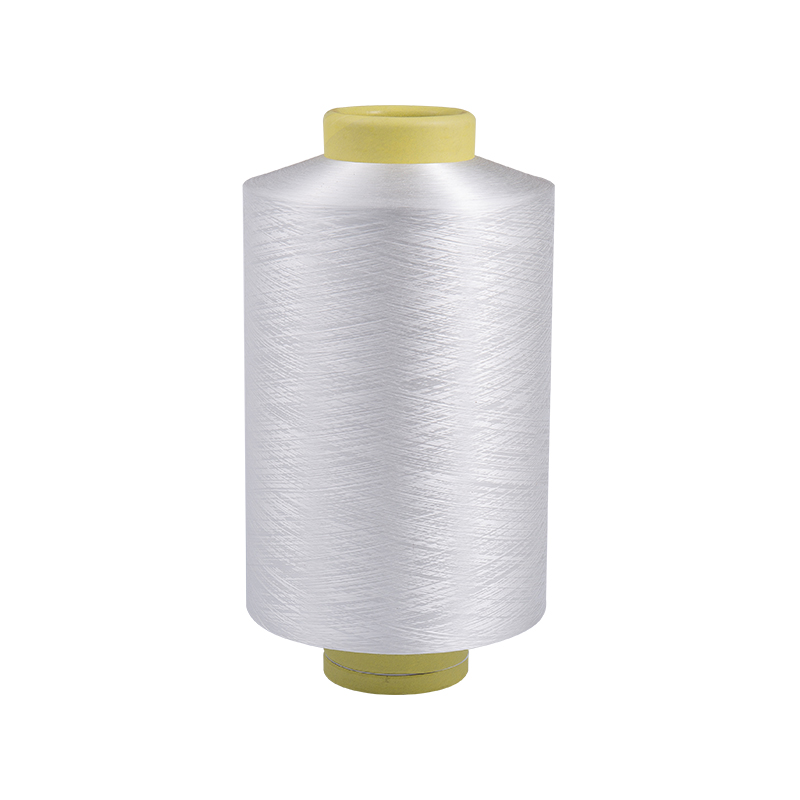
Production Process of Polyester DTY Yarn
The production of polyester DTY yarn involves several key steps, starting with raw polyester chips:
-
Extrusion into POY (Partially Oriented Yarn)
High-quality polyester chips are first melted and extruded through spinnerets to form partially oriented yarn. POY is smooth and has some tensile strength but is not yet fully suitable for textile applications because it lacks texture and elasticity. -
Drawing Process
The POY is then fed into a draw unit, where it is stretched under controlled temperature and tension. This drawing aligns the polymer molecules, enhancing the tensile strength, dimensional stability, and elongation properties of the yarn. The drawing process is crucial for producing high-quality DTY yarn that performs well in weaving, knitting, or other textile manufacturing processes. -
Texturing Process
After drawing, the yarn undergoes a texturing process to introduce crimps, coils, or loops. This is achieved through heat setting and mechanical manipulation. Texturing not only gives the yarn its characteristic bulk and elasticity but also improves air retention, softness, and resilience. The degree of texturing can be adjusted based on the end-use requirements, allowing manufacturers to produce yarns suitable for soft apparel, durable home textiles, or high-performance industrial fabrics. -
Finishing
Once textured, the yarn may go through additional finishing steps such as twisting, heat setting, or winding onto cones. These steps ensure consistency, prevent tangling, and prepare the yarn for downstream weaving, knitting, or dyeing processes.
Advantages of Polyester DTY Yarn
Polyester DTY yarn offers several benefits over other synthetic and natural yarns:
- Elasticity and Recovery: The crimped texture provides excellent stretch and shape retention.
- Durability: Resistant to abrasion, UV light, and chemical exposure, DTY yarn maintains performance over long-term use.
- Wrinkle and Shrink Resistance: Fabrics made from DTY maintain a neat appearance with minimal maintenance.
- Versatility in Finishes: Available in bright, semi-dull, and full-dull options, suitable for a variety of fabric aesthetics.
- Blending Capability: Can be combined with natural or synthetic fibers to achieve specific fabric characteristics, such as softness, strength, or stretch.
Considerations in DTY Yarn Selection
When choosing polyester DTY yarn for specific applications, several factors need to be considered:
- Denier and Filament Count: These determine the yarn thickness, fabric weight, and texture.
- Texture and Bulk: The level of crimp or coil affects the feel and elasticity of the finished fabric.
- Luster: Bright, semi-dull, or full-dull finishes impact the visual appearance of the fabric.
- End Use Requirements: Apparel, home textiles, and industrial fabrics each have different demands for strength, softness, and elasticity.
Conclusion
Polyester DTY yarn is a highly versatile synthetic yarn that combines durability, elasticity, and aesthetic appeal. Produced through a careful process of extrusion, drawing, and texturing, DTY yarn is suitable for a wide range of textile applications, from fashion apparel to industrial fabrics. Its ability to retain shape, resist wear, and adapt to various finishes makes it a preferred choice for modern textile manufacturing. By understanding the production process and properties of polyester DTY yarn, manufacturers and designers can select the right yarn to meet their specific production needs, ensuring high-quality and long-lasting fabric performance.




 English
English 中文简体
中文简体 Español
Español عربى
عربى

